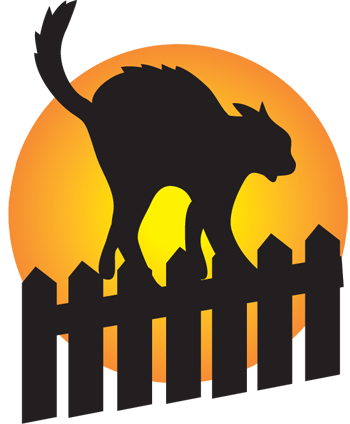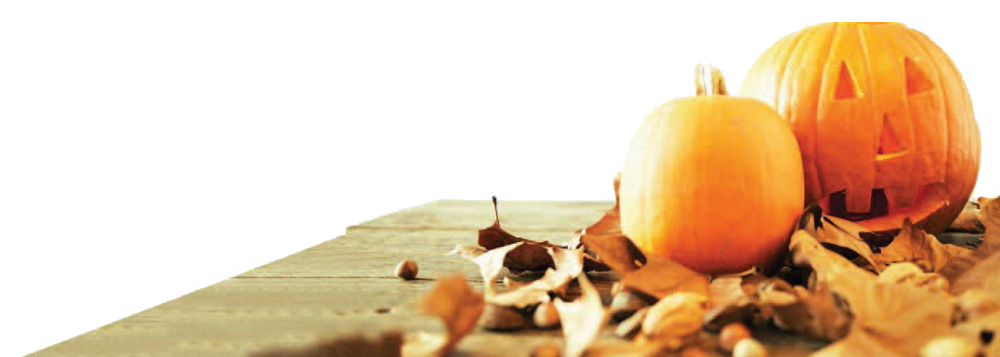
 Americans LOVE Halloween.! It has grown and is now second only to Christmas, in money spent on celebrating. Covid is changing that somewhat, but not completely. Candy is a must and 95% of people plan to purchase treats to hand out and a large majority still plan to decorate their homes. Halloween is a fun day when even grownups have an excuse to dress up like a superhero or pirate. We all have a little kid left in us - hopefully!
Americans LOVE Halloween.! It has grown and is now second only to Christmas, in money spent on celebrating. Covid is changing that somewhat, but not completely. Candy is a must and 95% of people plan to purchase treats to hand out and a large majority still plan to decorate their homes. Halloween is a fun day when even grownups have an excuse to dress up like a superhero or pirate. We all have a little kid left in us - hopefully!
Throughout the centuries as days got shorter, nights got longer and chilly, damp weather made its entrance, humans went inside and thought of ways to liven up the darkness. What better way than to have parties and festivals? Halloween began as a Celtic festival in Ireland. The Celtics, who had roamed the United Kingdom and France as early as 800 B.C., colonized Ireland by 500 B.C. The Celts recognized only two seasons, the warmth and light of the summer season, and the cold and dark of the winter season. They celebrated their New Year at the end of October with a festival celebrating their recent harvest and giving offerings to their God Samhain (sow-en) Celtic God of Death and Darkness. They would often go door- to- door collecting food to donate to their deities. The young Celts would ask for kindling which they took to the top of a hill for the Samhain bonfire. These are the possible origins of "Trick or Treat."
The Druids were the Celtic (priest - magicians - wizards -soothsayers) who played an important role in the society. On the evening of October 31st, they gathered at a hilltop forest (Oak Trees were sacred) lighting bonfires and offering crops and animals to the God of Darkness. Samhain could wander only during the cold, dark hours. The festival lasted three days and many people paraded in costumes of animal skins. The Celts believed the veil between this world and the next was thinnest at this time, allowing spirits to cross over. Their friends and relatives who had died could return this night - their souls inhabiting an animal, often a black cat. Many believed that all the souls of people that had died that year would rise and search for passage to the netherworld.
Samhain, God of death and darkness, would try to gather souls to take to the underworld. To thwart him, people-built bonfires. Families lit candles in their windows helping the dead find their way and keeping Lord Samhain away. On this night when the living and the dead were closest, people wore elaborate costumes to disguise themselves as spirits, witches, and devils. They did this to protect themselves during the night in case they encountered other-worldly spirits and devils who might carry the living away.
In the 1st Century when the Romans invaded Britain, they brought their customs with them including their fall festival. Centuries after the first celebrations - Catholicism had converted most of the pagans, but the celebration on October 31st didn't disappear. In time the Catholics combined their celebrations with the on-going Celtic festival - perhaps to downplay its significance. The Pope created a day for all the Saints the day after this festival, November 1st. "Hallow" is an old English word for "Saint" so, the night before ALL SAINTS DAY was "All Hallows Eve" - which over time was shortened to HALLOWEEN. The next day, November 2nd, was created as ALL SOULS DAY, commemorating faithful Christians who had died but weren't Saints. Therefore, October 31st thru November 2nd was given the name HALLOW TIDE.
1. October 31st is HALLOWEEN - the eve before Hallows - Saints
2. November 1st is ALL SAINTS DAY - commemorating all the Saints.
3. November 2nd is ALL SOULS DAY - commemorating ALL good souls.
4. The whole shebang is lumped together as HALLOW TIDE.
